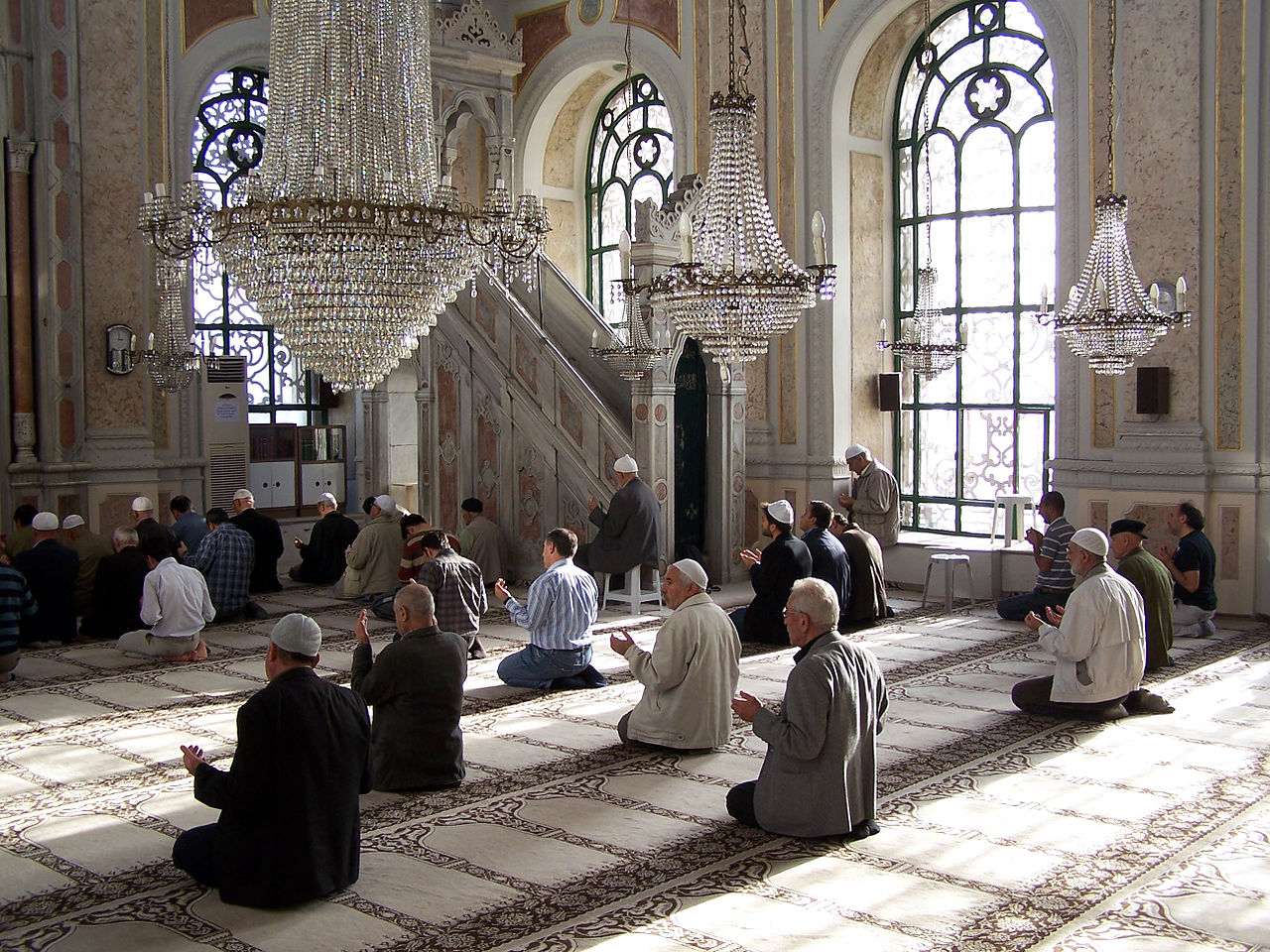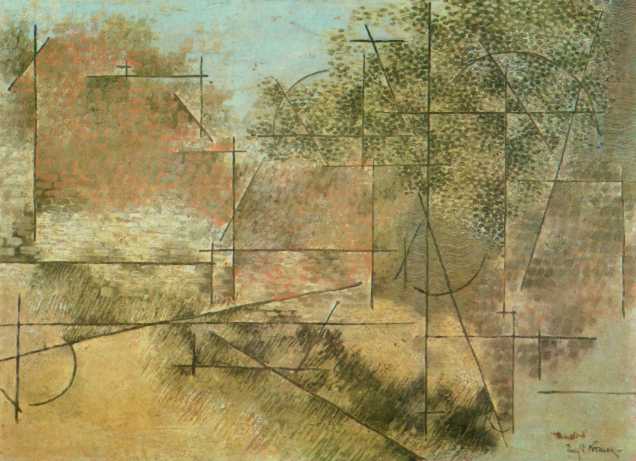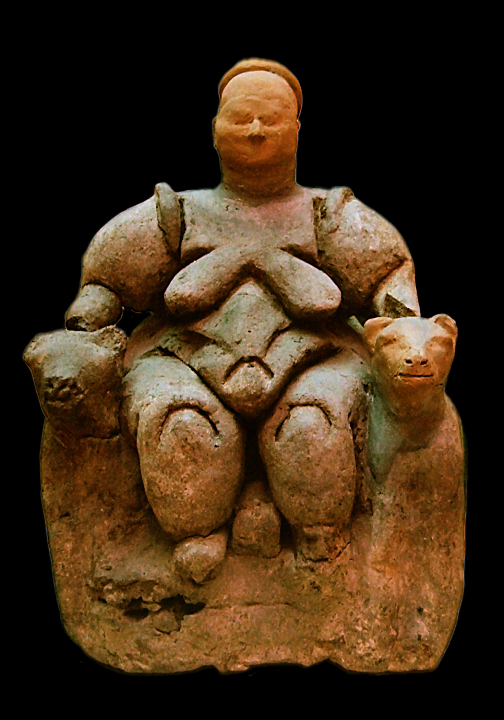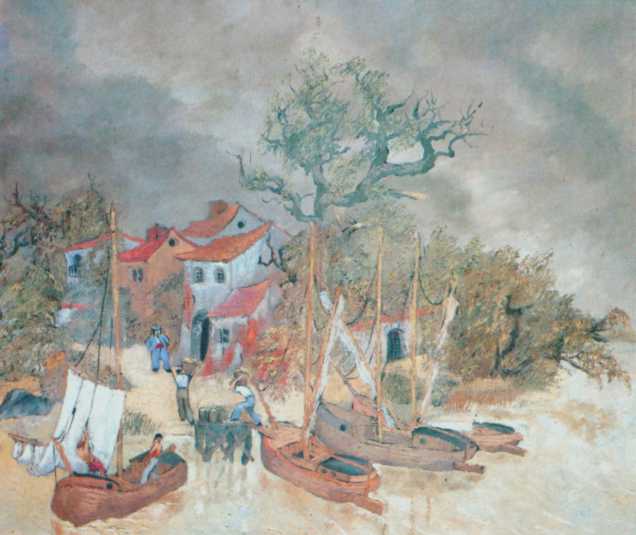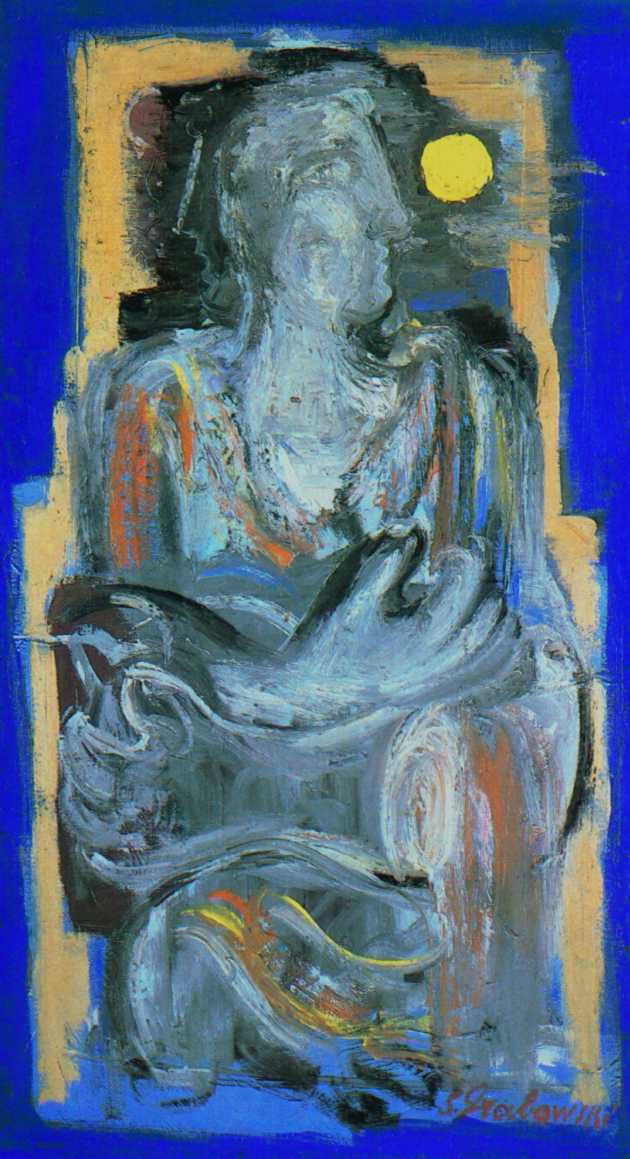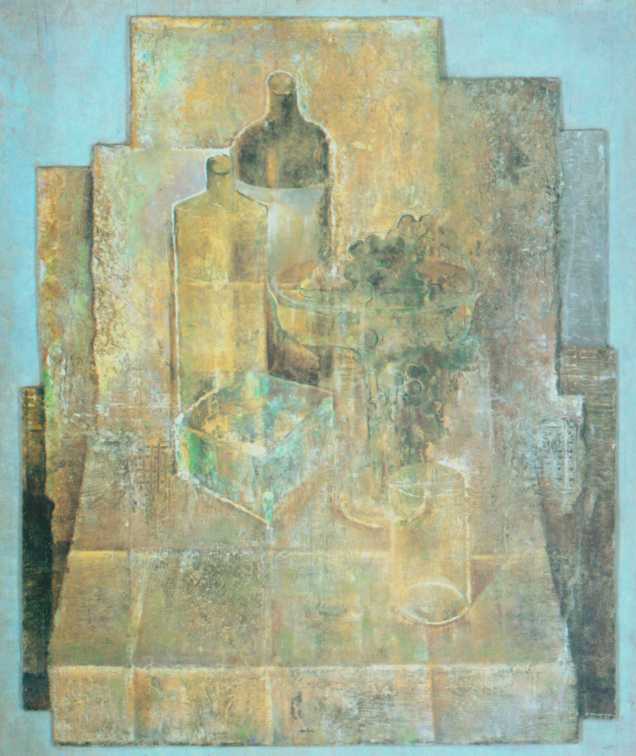
Renaissance and mannerism continued in Silesia, including the Upper, until the seventies of the seventeenth century. and intertwined with the announcements of a new style.
Style of the Counter-Reformation – baroque – appeared in 1. half. XVII century. along with the first realizations of the Jesuit Order, who in 1624 they moved to Nysa and erected here before 1641 Jesuit seminary (St.. Anny), and bishop Karol Ferdynand Waza built the bishop's palace in a new style. The period of the Thirteen Years' War and the threat from the Turkish side were not favorable for the construction industry.
Except for Nysa, which excelled in the implementation of new buildings, they resumed the work of building and expanding the orders: Cistercians in Rudy Wielkie and Jemielnica, Norbertines in Czarnowąsy, Dominicans and Franciscans in Opole and Głogówek, Maltese in Łosiów and new Jesuit projects in Nysa, Brzeg and Opole, reformers in Prudnik, Nysa and Gliwice, Brothers in Cieszyn. Many residences were built in the new style, m.in. in Żyrowa, Głogówek, Polish Orthodox Church, Pszczyna. Most of the churches were rebuilt or received baroque furnishings. The rich decorations, especially of the Racibórz churches, were modeled on the buildings of Krakow.
Mastering Silesia by Frederick II (1741) this part of Upper Silesia was marked by a multifaceted development of art. A new stage has begun – the development of the Rococo in the Potsdam edition, and then Berlin Classicism. At the same time, it was continued until 1810 (dissolution of monasteries) baroque combined with rococo and classicism imported from Bohemia. In the baroque style, new town squares in many cities were built, m.in.: in Nysa, Opole, Kluczbork, Głogówek, Cieszyn, Paczków, Otmuchów, Rybnik.
Outstanding local artists were active in Silesia at that time, m.in. stucco and sculptor Jan Schubert, sculptor Jan Melchio Oesterreich, painters Franciszek Sebastini, Michał Willmann, Karol Dankwart, brothers Tomasz and Feliks Scheffler, Jan Kuben.
In Silesia (including Upper Silesia) seized by Prussia, state patronage also began, dominating the patronage of the nobility, bourgeois and clergy. It mainly concerned public buildings, industrial buildings, colonies and small estates. Most of the representative buildings were built according to the plans of the Berlin studio of K.F. Schinkla, np. the court building in Racibórz, although plans and other architects were being implemented, m.in. F.L. Fritsche, who designed the Kotlami center near. Goat.
Second half. XIX w. and the turn of the 19th / 20th centuries. brought the whole architecture of Upper Silesia back to historical styles. Neo-Romanesque buildings were erected at that time, neo-gothic, neo-renaissance, neo-baroque and neoclassical. Most of it was residential construction (castles and palaces, m.in. in Moszna, Miechowice, Nakle, Świerklaniec, Promnicach, Pławniowice, Brynku) and religious buildings and bourgeois garden villas.
On the other hand, multi-family urban housing and public utility buildings bore the stigma of a mixture of styles (eclecticism). Thus, newly emerging cities were built: Katowice, Królewska Huta and the modernizing old towns, like Opole, By apartment, Gliwice, Mysłowice, Bielsko.
A new style in 20th century architecture. – secession (modernism) – he left many original examples. In the Cieszyn region, it bore the mark of the Viennese Secession, full of meandering lines. The best example here is the Cieszyn Theater, built in 1910 wg proj. arch. Ferdynand Feiner and Herman Helmer from Vienna. Upper Silesia, on the other hand, was influenced by Berlin designers, the best example of which is the former Katowice railway station and theater built in 1. 1905-07.
In the interwar period, after the wave of historicism in architecture, characterized by monumental buildings in the capital of the Silesian Voivodeship (building of the Provincial Office, Of the Episcopal Curia, cathedral) and numerous public utility buildings (schools, offices etc.), a functional style enters the architecture. Simple in shape and functional in use, it was used in public buildings and housing construction (wille) until the 1950s.
Contemporary buildings deserve attention with a new, unique structure, which are, among others. Sports and Entertainment Hall and the Railway Station in Katowice.
Folk art deserves special attention, which has survived for centuries in rural wooden churches throughout Upper Silesia. Most of the monuments of wooden construction can be noted in the area of Olesno and Kluczbork. Some of the wooden churches were moved in the 20th century. to urban centers or the emerging open-air museums of folk architecture in Katowice. In People's Poland, several open-air museums were established in Upper Silesia: in Chorzów, Opole-Bierkowice, Pszczyna.
The rich furnishings of churches were partially destroyed during the last world war. Many beautiful medieval and baroque triptychs and sculptures have been preserved in museums in Bytom, Opole, Racibórz and Cieszyn. At this point, it is worth recalling the great merits of the Silesian Museum in this area, which collected many valuable exhibits in the interwar years, some of which have survived and we can see them at the Archdiocese Museum and the Silesian Museum in Katowice.


